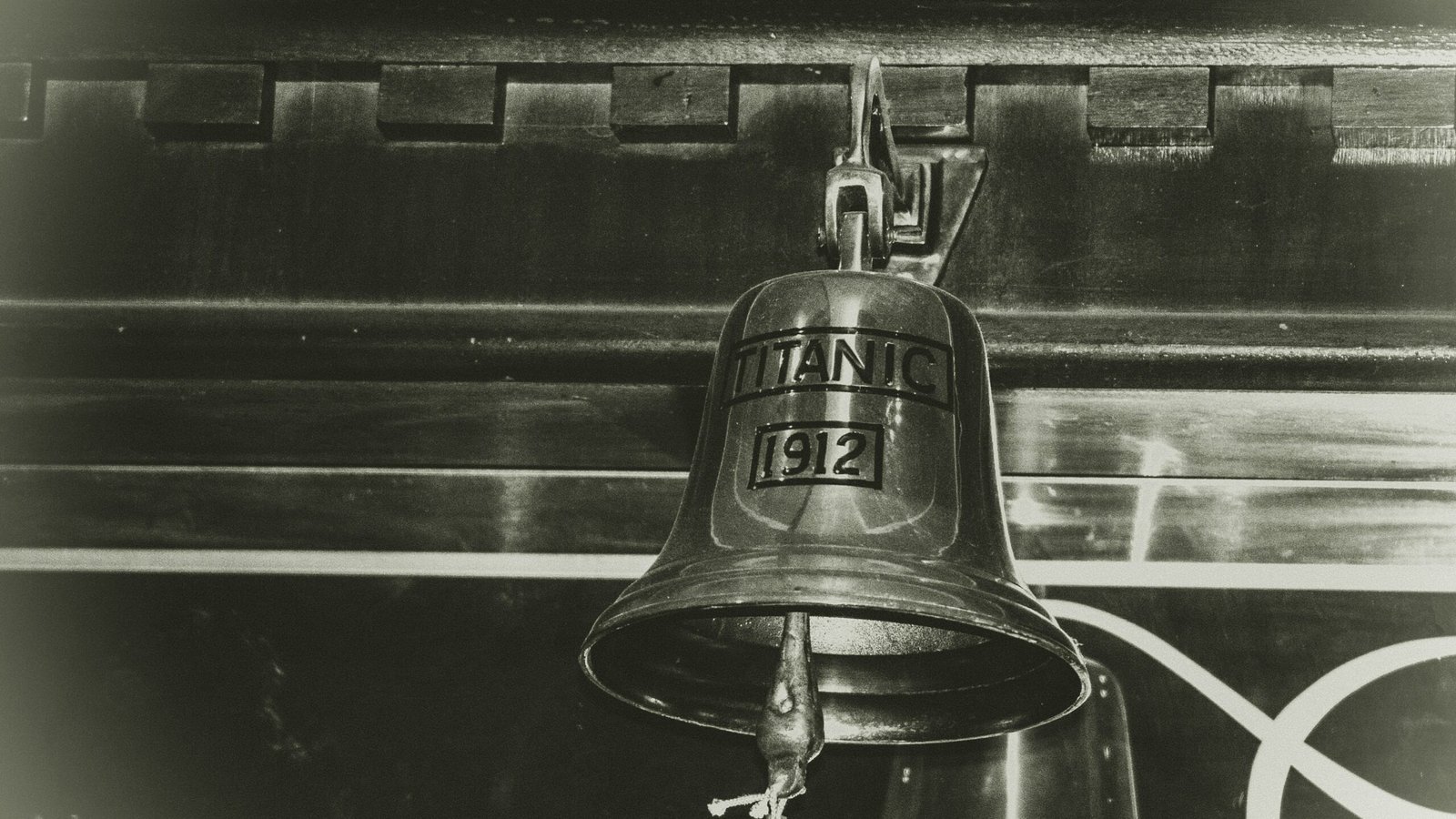The Titanic, a magnificent ocean liner, was constructed in the early 20th century and was renowned for its size and opulence. Owned by the White Star Line, this grand ship set sail on its maiden voyage from England to New York on April 10, 1912. Little did anyone know that this journey would end in tragedy and forever leave a mark on history.
On the night of April 14, 1912, disaster struck when the Titanic collided with an iceberg. Despite efforts to save the ship, it sank in the early hours of April 15, claiming the lives of over 1500 people on board. This catastrophic event became one of the deadliest ship disasters in history, capturing the attention and hearts of people around the world.
The sinking of the Titanic had far-reaching consequences that extended beyond the loss of lives. It sparked a global conversation about maritime safety and prompted significant changes in ship design and safety regulations. The tragedy served as a wake-up call for the maritime industry, leading to the implementation of stricter safety measures to prevent similar accidents in the future.
The Titanic’s sinking also highlighted the need for improved emergency preparedness. The lack of sufficient lifeboats and proper evacuation procedures became glaring issues that needed to be addressed. The incident prompted a reevaluation of safety protocols, resulting in the development of more comprehensive emergency plans and the requirement for an adequate number of lifeboats on all ships.
Following the disaster, numerous investigations were conducted to determine the causes and contributing factors. These inquiries shed light on the shortcomings in the ship’s design and construction, as well as the crew’s response to the emergency. The findings from these investigations played a crucial role in shaping future maritime safety standards.
The Titanic’s tragic fate also had a profound impact on popular culture. The story of the ship’s ill-fated voyage has been immortalized in movies, books, and documentaries, captivating audiences for generations. These portrayals have not only kept the memory of the Titanic alive but have also helped raise awareness about the importance of maritime safety.
Over the years, the legacy of the Titanic has continued to resonate. The disaster has served as a reminder of the fragility of human achievements and the importance of prioritizing safety in any endeavor. It has become a symbol of the consequences that can arise from complacency and a catalyst for ongoing efforts to improve safety standards in the maritime industry.
In conclusion, the sinking of the Titanic remains one of the most significant maritime disasters in history. This tragic event led to widespread changes in ship design, safety regulations, and emergency preparedness. It serves as a reminder of the importance of learning from past mistakes and continuously striving for safer and more secure journeys on the seas.
